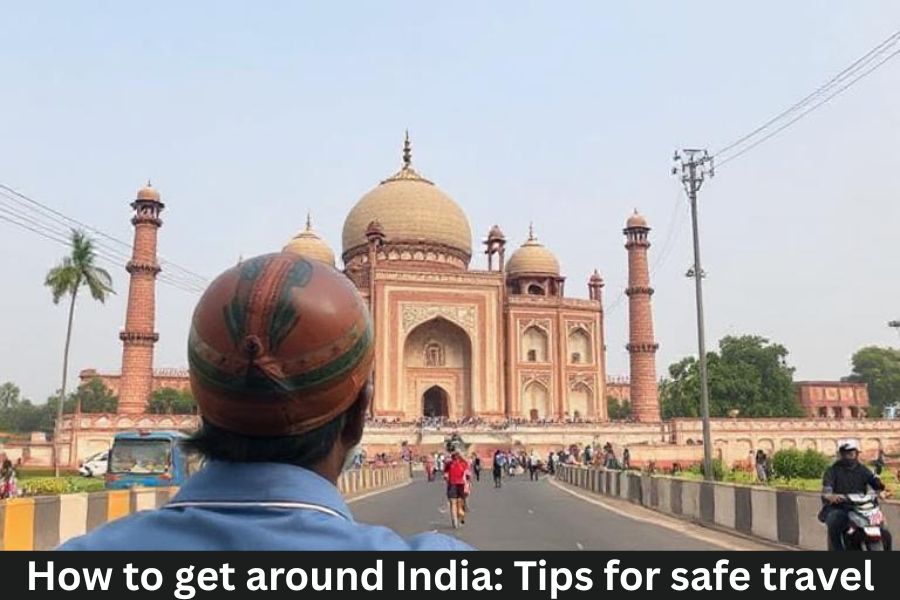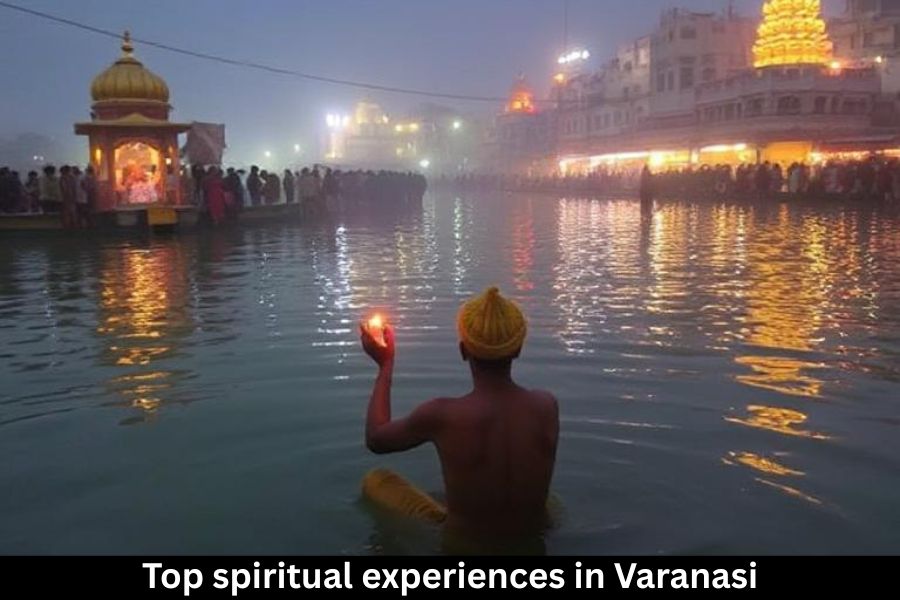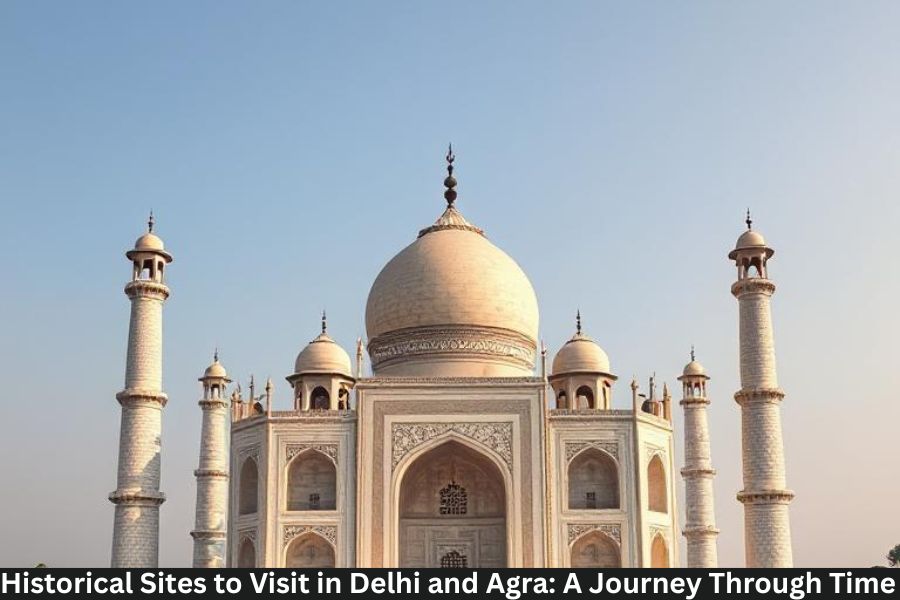India — a land of contrasts, colors, and culture — is an incredible country to explore. Whether you’re wandering through the bustling streets of Delhi, cruising the backwaters of Kerala, or hiking in the Himalayas, getting around India safely requires planning and awareness. In this guide, we’ll walk you through the best ways to travel around India safely, from choosing reliable transportation to staying alert in crowded areas.
Understanding Transportation Options in India
India offers an extensive range of travel options — from trains and buses to taxis, flights, and tuk-tuks. Choosing the right mode of transport depends on your budget, time, and comfort level.
Trains: The Backbone of Indian Travel
- The Indian Railways is one of the largest rail networks in the world.
- Book your tickets through IRCTC or reliable apps like MakeMyTrip or Cleartrip.
- Choose AC coaches for comfort and safety on long routes.
- Keep your valuables close and avoid leaving luggage unattended.
Domestic Flights
- For long distances (like Delhi to Kochi or Mumbai to Kolkata), flying is the most efficient.
- Book in advance to get budget-friendly deals.
- Stick to reputable airlines such as IndiGo, Air India, or Vistara.
Buses and Shared Cabs
- State-run and private buses connect even the most remote towns.
- Opt for Volvo AC buses for overnight journeys.
- In hilly areas, use government-run services like Himachal Road Transport Corporation (HRTC) for safety.
- For shorter routes, shared taxis and rideshare apps (Ola, Uber) are convenient.
Safety Tips for Traveling Around India
Stay Aware of Your Surroundings
Crowded markets, stations, and buses can be hotspots for pickpockets.
- Keep money in different pockets or a money belt.
- Avoid displaying expensive gadgets or jewelry in public.
Use Reputable Transport Apps
Use Ola or Uber instead of random cabs, especially in big cities.
- Always verify the driver’s photo, vehicle number, and route.
- Share your ride details with a trusted friend or family member.
Choose Accommodation Wisely
- Book hotels or guesthouses with verified reviews.
- Check if they offer 24-hour reception and proper security measures.
- Solo travelers, especially women, should prefer hostels or homestays with a strong safety reputation.
Navigating Cities Safely
In Major Cities (Delhi, Mumbai, Bangalore)
- Use metro systems wherever available — they are clean, efficient, and safe.
- Avoid traveling alone late at night, particularly in isolated areas.
- Dress modestly to blend in with local culture.
In Rural or Remote Areas
- Connectivity may be limited — download offline maps in advance.
- Inform someone about your itinerary.
- Carry essentials like water, snacks, and a portable charger.
Health and Hygiene Precautions
- Drink only bottled or filtered water — avoid tap water.
- Wash your hands frequently or use sanitizer.
- Eat freshly cooked food and skip raw street foods unless they’re cooked in front of you.
- Carry basic medicines for stomach upsets, colds, and motion sickness.
Money and Scams: How to Stay Alert
Handle Currency Smartly
- Use ATMs located inside banks or malls.
- Always count your change — small errors happen often.
- Keep digital payment apps like PhonePe, Paytm, or Google Pay for convenience.
Common Tourist Scams to Avoid
- Beware of “friendly locals” offering unsolicited tours or gems at discount prices.
- Don’t share personal details or show your passport unnecessarily.
- Always use official ticket counters at tourist attractions.
Respect Local Customs and Laws
India’s culture is diverse, and traditions vary by region.
- Remove shoes before entering temples or homes.
- Avoid public displays of affection in conservative areas.
- Be mindful when photographing people — always ask for permission.
Travel Insurance and Emergency Numbers
- Get travel insurance that covers health, theft, and cancellations.
- Save these emergency numbers:
- Police: 100
- Ambulance: 108
- Women’s Helpline: 1091
- Tourist Helpline (24×7): 1363
Having these handy ensures quick assistance when needed.
Best Practices for Solo Travelers
- Inform family or friends about your daily plans.
- Join group tours for certain destinations like Rajasthan deserts or North East treks.
- Trust your instincts — if something feels off, walk away politely.
- Stay at female-friendly hostels (like Zostel or Moustache Hostels).
Environmentally Responsible Travel
As tourism grows, so does the need for sustainability.
- Avoid single-use plastics.
- Support local businesses and artisans.
- Use eco-friendly accommodations and transport whenever possible.
Conclusion: Travel Smart, Stay Safe
Getting around India can be both thrilling and transformative. With its endless diversity, every journey offers a story worth telling. The key to safe travel lies in being aware, respectful, and well-prepared. Whether you’re exploring ancient temples, savoring street food, or trekking in the mountains, remember — India rewards curiosity and caution in equal measure.
FAQs
Q1: Is it safe to travel alone in India?
Yes, but always plan ahead, stay in safe accommodations, and use trusted transportation options.
Q2: What’s the best way to travel long distances in India?
Trains and domestic flights are the most efficient and affordable for long-distance travel.
Q3: Are night buses or trains safe?
Generally, yes — if you book with reputable operators and secure your belongings properly.
Q4: What travel apps should I download?
Must-have apps include Google Maps, Ola, Uber, IRCTC, MakeMyTrip, and Paytm.



